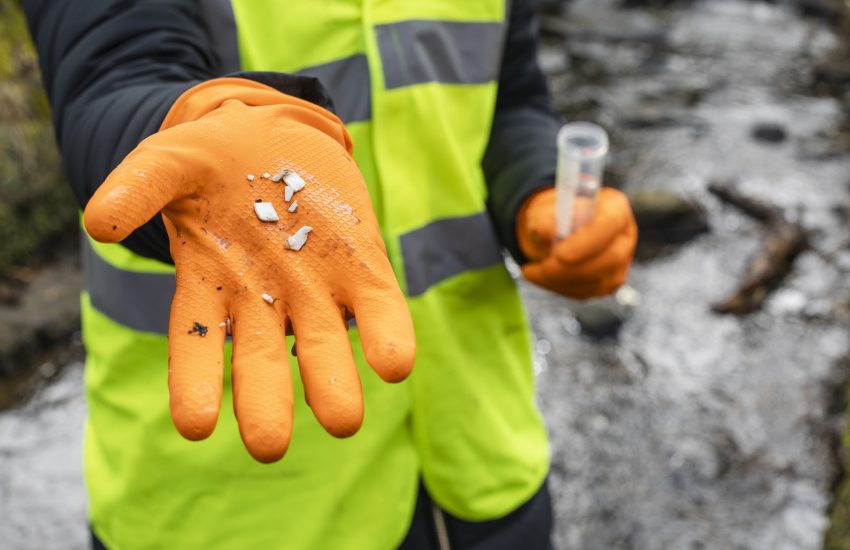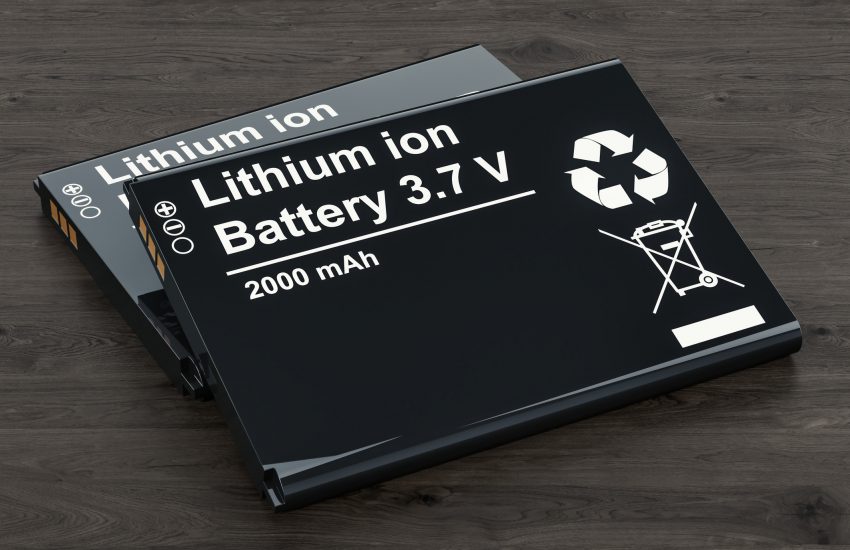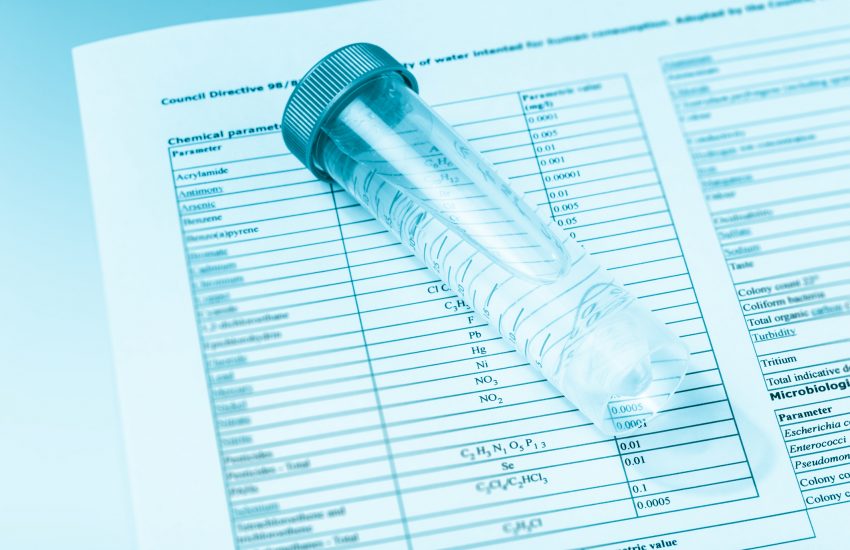Lilial, the trade name of a chemical compound commonly used as a perfume in cosmetics, shampoos, and cleaning products, which is known by its longer name butylphenyl methylpropional, has been banned in personal care products in the European Union as of March 1, 2022. And while the ban was announced nearly two years ago, the March 1deadline has garnered significant attention, prompting social media users to call attention products produced in the United States that contain the ingredient.
By way of background, in August 2020, …
Continue Reading









